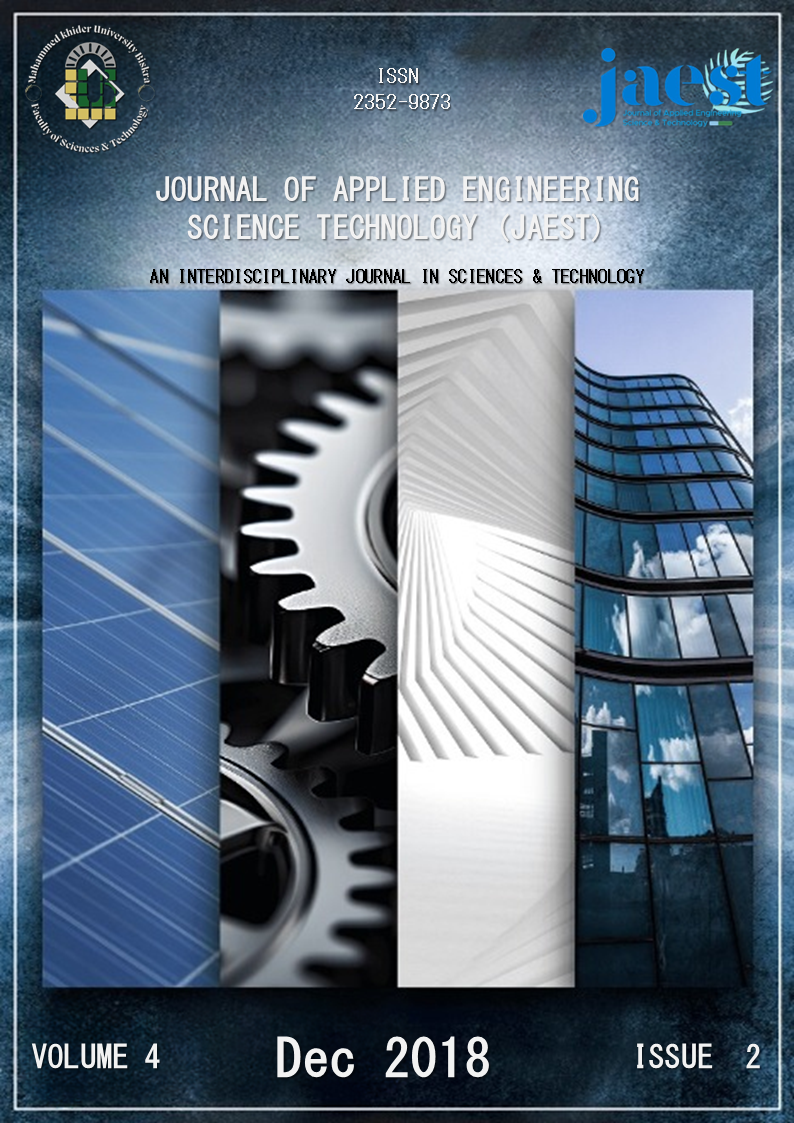Improving thermal comfort conditions through the optimization of the self-product residential buildings envelope. Case of a region with a hot and arid climate: Biskra
DOI:
https://doi.org/10.69717/jaest.v4.i2.91Keywords:
Architectural envelope, Thermal comfort, Materials, Self-product Individual housing, Hot and arid climate, BiskraAbstract
To improve the thermal comfort conditions of the occupants in the individual housingand to reduce the energy consumption induced by the heating and cooling needs in the building, itis necessary to act on the main element which controls the heat exchanges with the environment:the envelope. This refers to the building’s outer skin that consisting of vertical opaque components(the walls ...), horizontal ones (roof ...) and various opening devices. The thermal performance ofthe envelope is mainly due to its geometrical and formal attributes, but the material characteristicsof its components remain decisive for thermal exchanges with the environment. As part of thebuilding at the interface of the indoor ambiances and the outdoor environment, the envelope isoften the seat of a large number of heat exchange phenomena that affect not only the premisesenergy consumption but also the thermal comfort conditions of their occupants. This papersummarizes the main results obtained from an in-situ measurement campaign to evaluate thedesign parameters influencing the thermal comfort of self-produced individual housing relative tothe hot and arid climate of Biskra. In addition, a thermal simulation carried out with the TYRNSYS17 software has demonstrated the potential of improving the thermal comfort conditions of theself-produced individual housing thanks to adequate choices concerning the architectural andconstructive attributes of the envelope.













